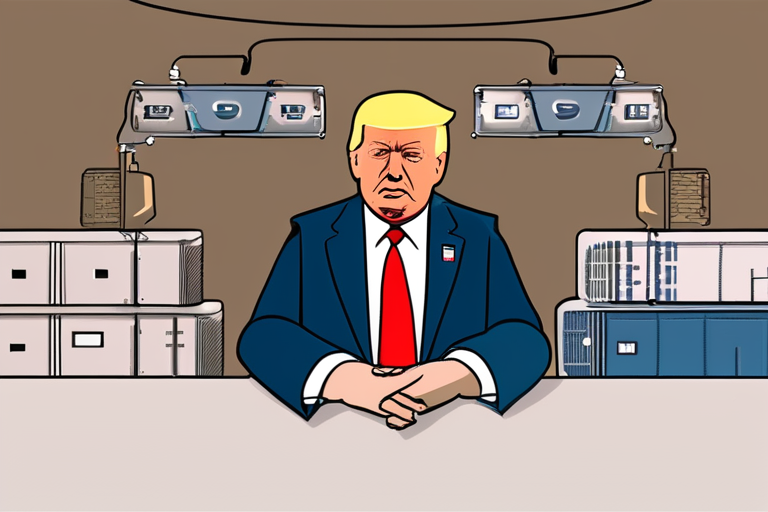The Bureau of Labor Statistics released a jobs report last week indicating that while nonfarm payrolls increased by 119,000, there were 6,000 fewer manufacturing jobs, adding to the tally of 59,000 lost factory jobs since President Donald Trump's April vows to ignite domestic manufacturing. The Labor Bureau's data is consistent with the Institute for Supply Management November report, which indicated an eighth consecutive month of contracting manufacturing jobs.
According to Joseph Politano, an economic commentator, the US is losing blue-collar jobs for the first time since the pandemic as manufacturing industries lose jobs at a rapid pace while growth in construction and transportation has nearly zeroed out. "In a frozen white-collar job market, blue-collar trade and factory jobs have been seen as a safe haven for not just Gen Z, but antsy office workers more broadly," Politano noted in a LinkedIn post last week. "But fewer manufacturing jobs mean job prospects in this low-fire, low-hire market may be bleaker than even some workers anticipated."
In April, President Trump touted his aggressive tariff policy as a catalyst for the reshoring of manufacturing jobs. However, eight months later, reshoring progress is nowhere to be seen. Trump's policy aimed to encourage American companies to bring back manufacturing jobs from overseas by imposing tariffs on imported goods. The policy was seen as a key component of Trump's economic agenda, which focused on revitalizing the US manufacturing sector.
Economists and experts have offered varying perspectives on the issue. Some argue that the decline in manufacturing jobs is a result of the ongoing trade tensions and the impact of the COVID-19 pandemic on global supply chains. Others point to the rise of automation and robotics in the manufacturing sector as a major contributor to job losses.
The current status of the US manufacturing sector remains uncertain. The Institute for Supply Management reported that its manufacturing index fell to 47.2 in November, indicating a decline in manufacturing activity for the eighth consecutive month. The Bureau of Labor Statistics will release its next jobs report in January, which is expected to provide further insight into the state of the US labor market.
As the US continues to grapple with the decline in manufacturing jobs, policymakers and experts will be closely watching the next developments. The outcome of the ongoing trade negotiations and the impact of the COVID-19 pandemic on the global economy will be crucial in determining the future of the US manufacturing sector.



























Share & Engage Share
Share this article